On the Streets of Kathmandu
- Dani Triguero
- Mar 23
- 2 min read
The streets of Kathmandu are a living labyrinth where past and present intertwine in a fascinating chaos.
In the heart of the city are labyrinthine alleyways lined with old brick houses, Buddhist and Hindu temples, and small artisan workshops. Here, the scent of incense mingles with local spices while the sounds of bells and markets create a unique atmosphere. Among its nooks and crannies, the streets around Durbar Square are notable for their energy, with tourists and locals converging in search of souvenirs, street food, or simply to enjoy the city's chaotic charm.

Freak Street evokes a time when Kathmandu was the epicenter of the hippie counterculture in the 1960s and 1970s. Located near Durbar Square, this street was a haven for travelers seeking spirituality, music, and unique experiences. Although it no longer retains the same mystique as those days, it still preserves cafes and shops that pay homage to that legacy, offering a nostalgic glimpse into a fascinating chapter in Kathmandu's history.
Echoes of that era can still be felt, with craft shops, cafes packed with backpackers, and the scent of incense mingling with the sounds of chaotic traffic.

Kathmandu, like many other tourist capitals, has experienced a significant increase in the cost of living, deeply affecting its local residents.
The growth of tourism and the influx of international travelers have fueled the proliferation of modern cafes, boutiques, and luxury accommodations, which, while attracting foreign currency, also increase the cost of basic goods and services. For many Nepalis, especially those with modest incomes, living in the city has become a challenge, as food, rent, and transportation prices continue to rise, while salaries do not always keep pace with this reality.
This contrast between the tourist economy and local life raises questions about the sustainability and equity of Kathmandu's development.
.png)

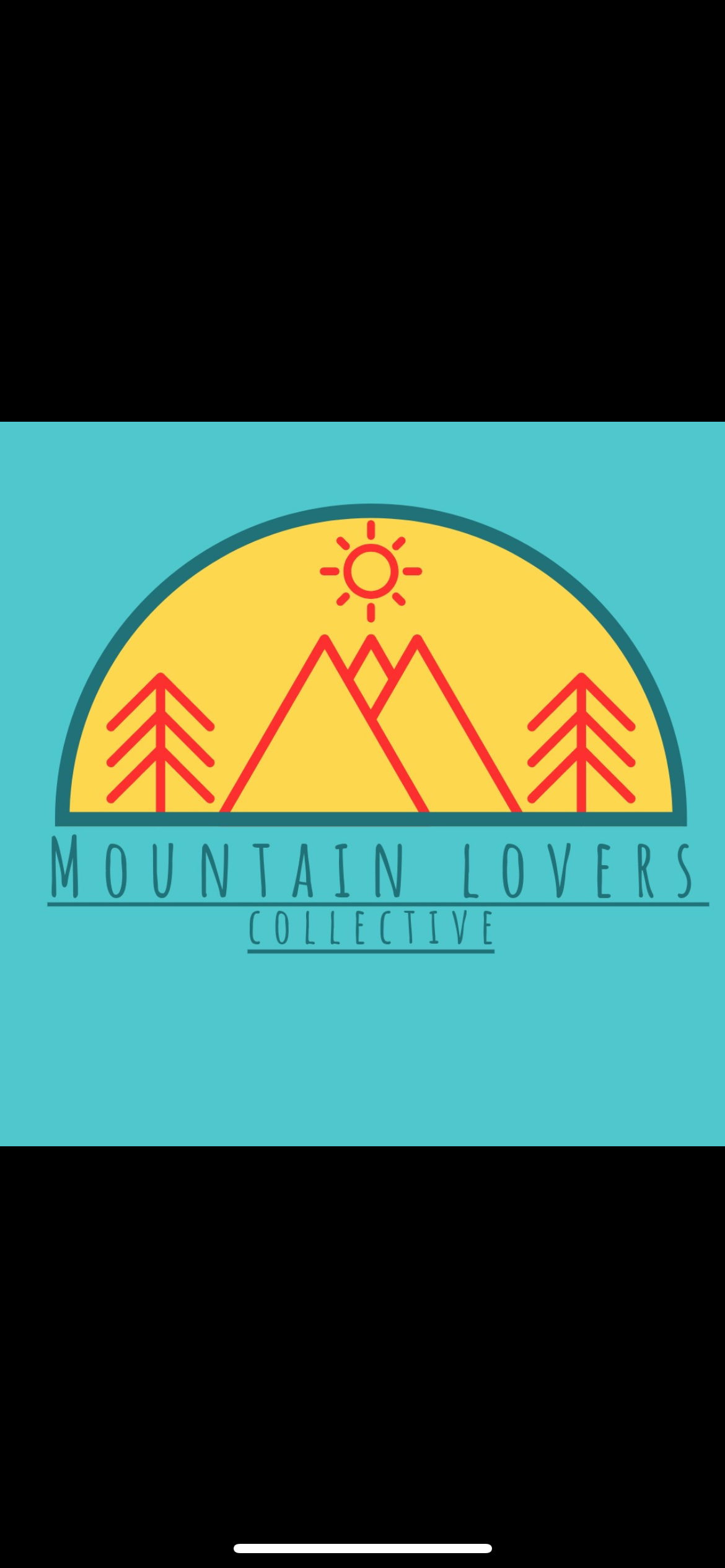













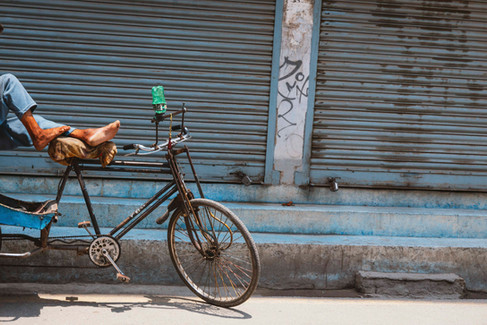



















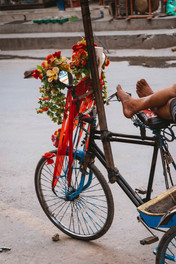


















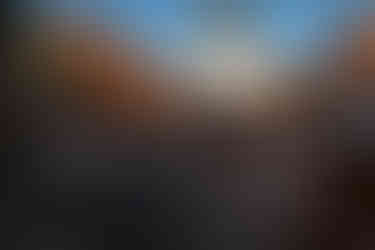


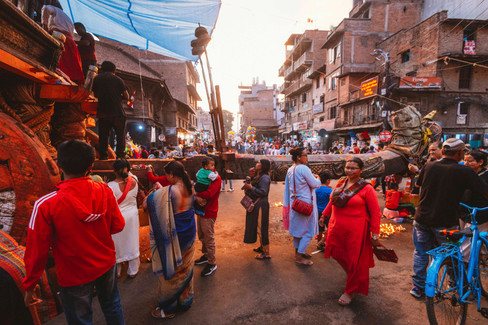





































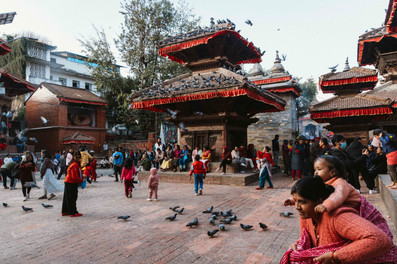





































Comments